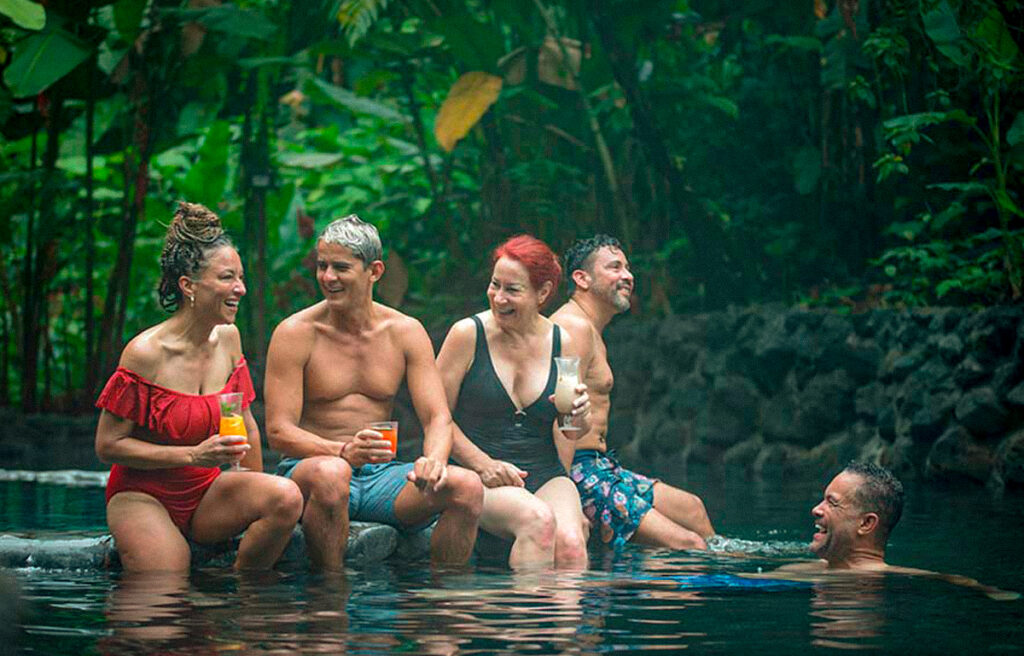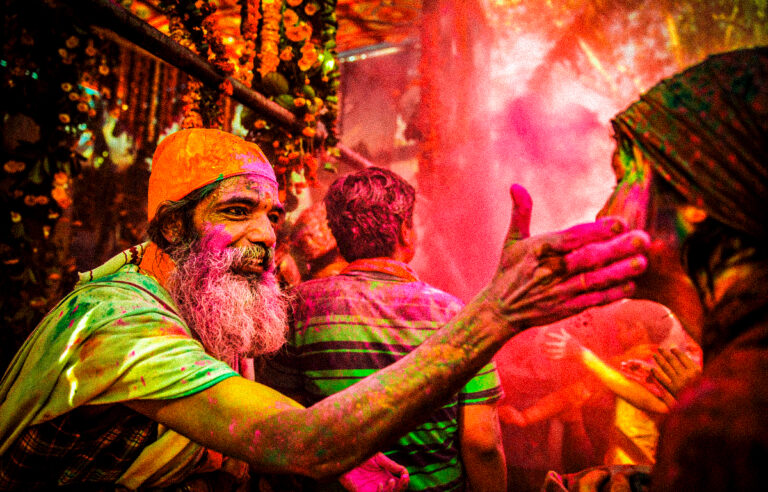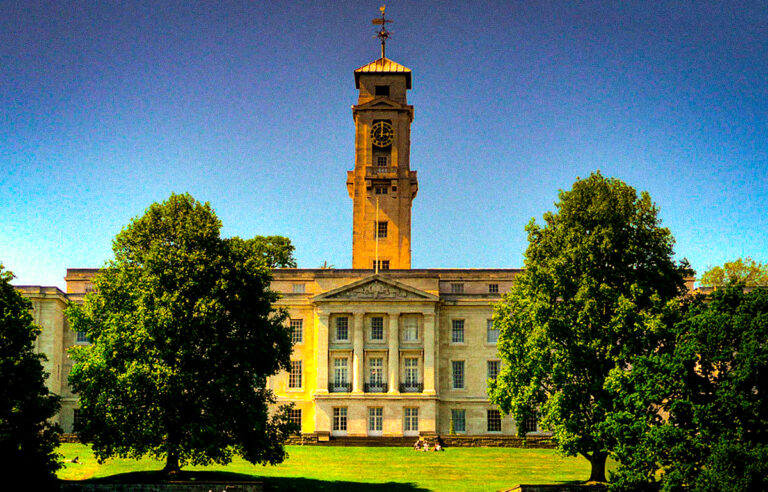Introduction
In a world where burnout is commonplace and self-care is no longer optional, wellness tourism has emerged as one of the fastest-growing sectors in global travel. In 2025, people aren’t just flying to see landmarks—they’re traveling to rejuvenate their minds, restore their bodies, and reconnect with themselves.
Wellness tourism is more than just spa days and yoga retreats; it encompasses healing, transformation, and intentional living. From Ayurvedic clinics in India to thermal springs in Iceland, the modern traveler is choosing destinations that nourish the soul as much as they delight the senses.
1. What Is Wellness Tourism?
A Journey Toward Personal Well-Being
Wellness tourism refers to travel experiences that prioritize health, healing, and emotional well-being. Unlike traditional vacations, which focus on escape and entertainment, wellness travel is purpose-driven.
It can include:
-
Physical wellness: yoga, fitness, detox programs
-
Mental wellness: meditation, therapy retreats, nature immersion
-
Spiritual wellness: mindfulness, healing rituals, spiritual retreats
2. Why Wellness Tourism Is Booming in 2025
The Post-Pandemic Wellness Awakening
After the global COVID-19 crisis, people re-evaluated what really matters. In 2025, travelers are:
-
Seeking meaning, not just memories
-
Valuing experiences over possessions
-
Prioritizing mental health and self-care
As stress, anxiety, and chronic fatigue rise, wellness travel offers an intentional reset.
3. Types of Wellness Tourism Experiences
From Silent Retreats to Forest Bathing
Here are the most sought-after wellness experiences:
-
Spa & detox retreats – massages, hydrotherapy, herbal treatments
-
Yoga and meditation retreats – mindfulness, flexibility, peace
-
Ayurveda & Traditional Chinese Medicine – ancient healing systems
-
Nature-based retreats – forest bathing (Shinrin-yoku), eco-lodges
-
Digital detox escapes – tech-free zones for mental clarity
-
Thermal and hot spring tourism – natural waters with healing minerals
-
Fitness and nutrition boot camps – structured routines for transformation
-
Sound healing and energy work – reiki, gong baths, frequency therapy
4. Top Wellness Travel Destinations in 2025
Places Where Healing Meets Hospitality
Some of the most in-demand wellness destinations include:
-
Bali, Indonesia – yoga villages, breathwork, energy healing
-
Sedona, Arizona (USA) – vortex sites, spiritual awakening
-
Ubud, Indonesia – raw food, sound healing, bodywork
-
Tulum, Mexico – beachside meditation, eco-resorts
-
Kerala, India – authentic Ayurveda, coastal serenity
-
Blue Lagoon, Iceland – thermal springs, relaxation therapies
-
Costa Rica – jungle wellness, permaculture, adventure
-
Thailand – holistic spas, monk-led meditation retreats
-
Japan – onsen (hot springs), temple stays, forest immersion
5. The Rise of Wellness Resorts and Retreats
Not Just Hotels—Healing Havens
Wellness resorts in 2025 offer:
-
Customizable programs: from weight loss to inner child healing
-
Nutrition-focused menus: plant-based, ayurvedic, organic
-
Medical wellness options: biohacking, anti-aging therapies, hormone balancing
-
Community-based healing: group ceremonies, coaching circles
-
Luxury with intention: eco-conscious design, sustainability, mindful amenities
6. Solo Wellness Travel: Finding Yourself on the Road
Travel as a Tool for Transformation
Many travelers in 2025 are going it alone—not for isolation, but for self-exploration. Solo wellness travel empowers people to:
-
Disconnect from toxic environments
-
Reconnect with personal values
-
Meet others on similar healing paths
-
Gain clarity and confidence through solitude
7. Tech in Wellness Travel: Friend or Foe?
The Digital Dilemma
While some retreats embrace digital detox, others use technology to enhance healing:
-
Wearable wellness tech – track sleep, stress, heart rate variability
-
Virtual coaching – pre- and post-retreat guidance
-
Biofeedback tools – help travelers understand their nervous systems
-
AI-driven wellness recommendations – from personalized diets to routines
The best programs blend tech and tradition without overwhelming the experience.
8. Planning a Wellness Trip: What to Consider
Tips for a Meaningful Wellness Journey
Before you book, ask:
-
What area of life do I want to heal or focus on?
-
Do I prefer nature, culture, or quiet solitude?
-
How intensive do I want the experience to be?
-
What is my comfort level with spiritual or alternative practices?
Pro Tip: Look for retreats with verified practitioners, transparent programs, and sustainable practices.
9. The Economic & Cultural Impact of Wellness Tourism
Supporting Local & Sustainable Growth
When done ethically, wellness tourism:
-
Supports local healers, farmers, and communities
-
Promotes eco-friendly accommodations
-
Revives ancient wellness traditions
-
Encourages intercultural understanding and respect
It’s not just healing for the traveler—it can heal economies and ecosystems too.
10. Wellness Tourism vs. Medical Tourism
Knowing the Difference
While both involve health-focused travel, there’s a distinction:
-
Medical tourism = surgeries, dental work, fertility treatment
-
Wellness tourism = preventive, holistic, and lifestyle-focused healing
More destinations are now combining medical and wellness offerings, especially in Asia and Europe.
Conclusion
In 2025, wellness tourism is no longer a niche—it’s a necessity. With rising awareness of mental health, emotional resilience, and physical vitality, travel has evolved into a powerful tool for healing and growth.
Whether you’re soaking in ancient springs, journaling in the jungle, or meditating by the sea, the goal is the same: to return home stronger, lighter, and more in tune with yourself than when you left.
Wellness tourism isn’t just about where you go—it’s about who you become on the journey.







